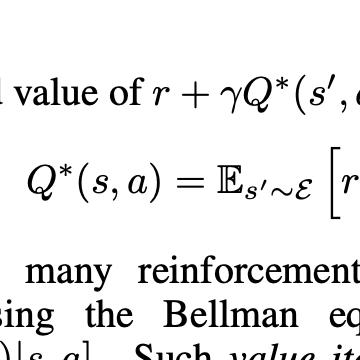Integrated Sensing and Communication Neighbor Discovery for MANET with Gossip Mechanism
Mobile Ad hoc Network (MANET), supporting Machine-Type Communication(MTC), has a strong demand for rapid networking. Neighbor Discovery (ND) is a key initial step in configuring MANETs and faces a serious challenge in decreasing convergence time. Integrated Sensing and Communication (ISAC), as one of the potential key technologies in the 6th Generation (6G) mobile networks, can obtain the sensing data as the priori information to accelerate ND convergence. In order to further reduce the convergence time of ND, this paper introduces the ISAC-enabled gossip mechanism into the ND algorithm. The prior information acquired by ISAC reduces the information redundancy brought by the gossip mechanism and thus decreases the probability of collision, which further improves convergence speed. The average number of discovered nodes within a given period is derived, which is applied as the critical metric to evaluate the performance of ND algorithms. The simulation results confirm the correctness of the theoretical derivation and show that the interplay between the prior mechanisms and the gossip mechanism significantly reduces the convergence time. In addition, to solve the problem of imperfect sensing information, reinforcement learning is applied. Under the constraints of the convergence condition, the non-Reply and non-Stop Algorithm based on Gossip and Q-learning (GQ-nRnS) proposed in this paper not only ensures the completeness of ND, but also maintains a high convergence speed of ND. Compared with the Q-learning-based ND algorithm (Q-ND), the average convergence time of the GQ-nRnS algorithm is reduced by about 66.4%.
PDF Abstract
